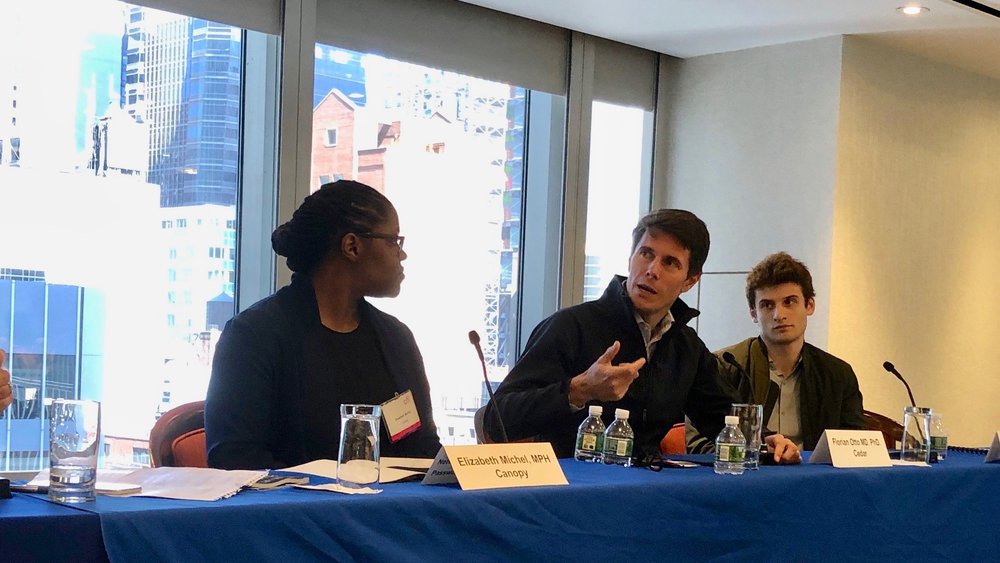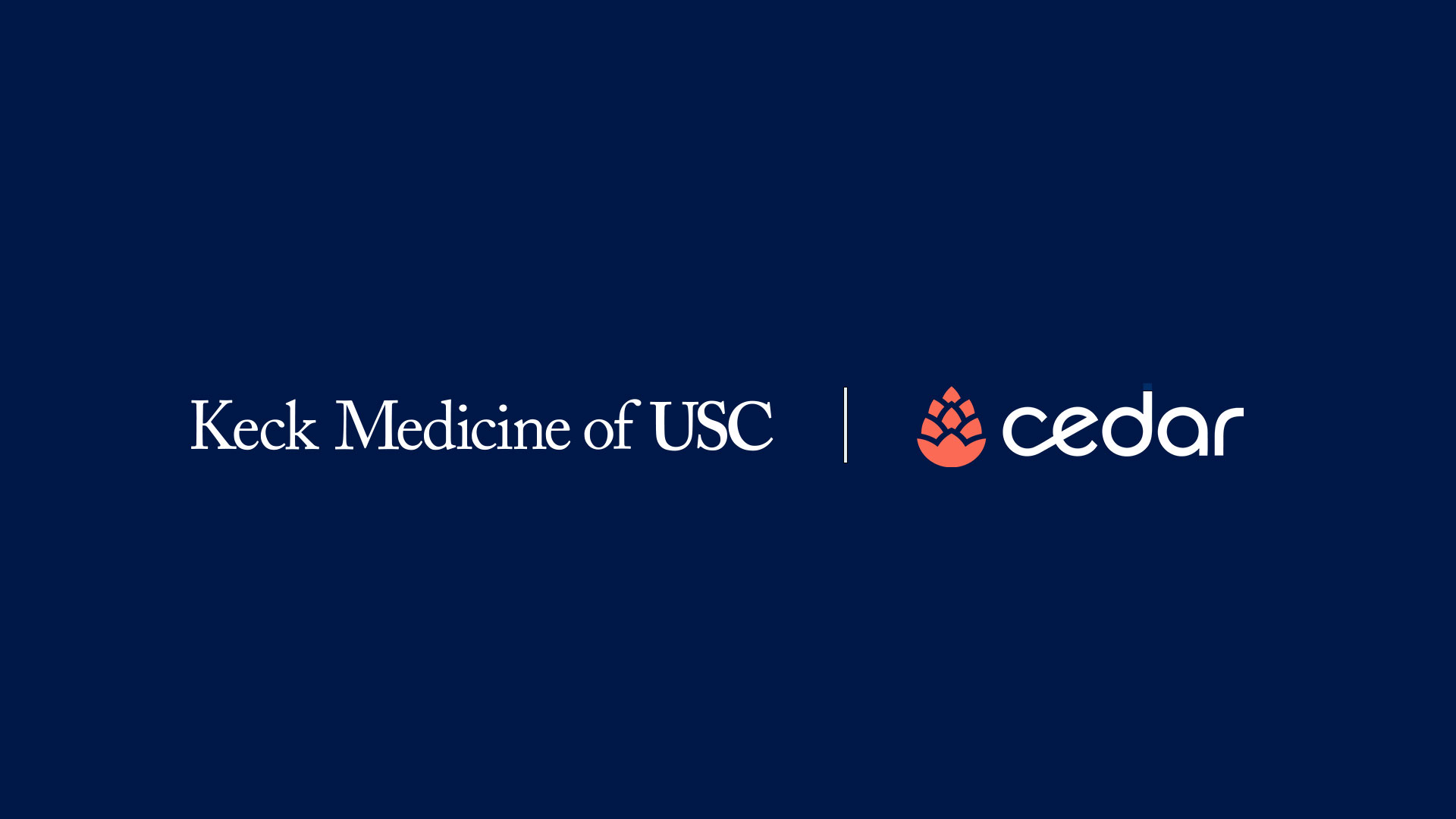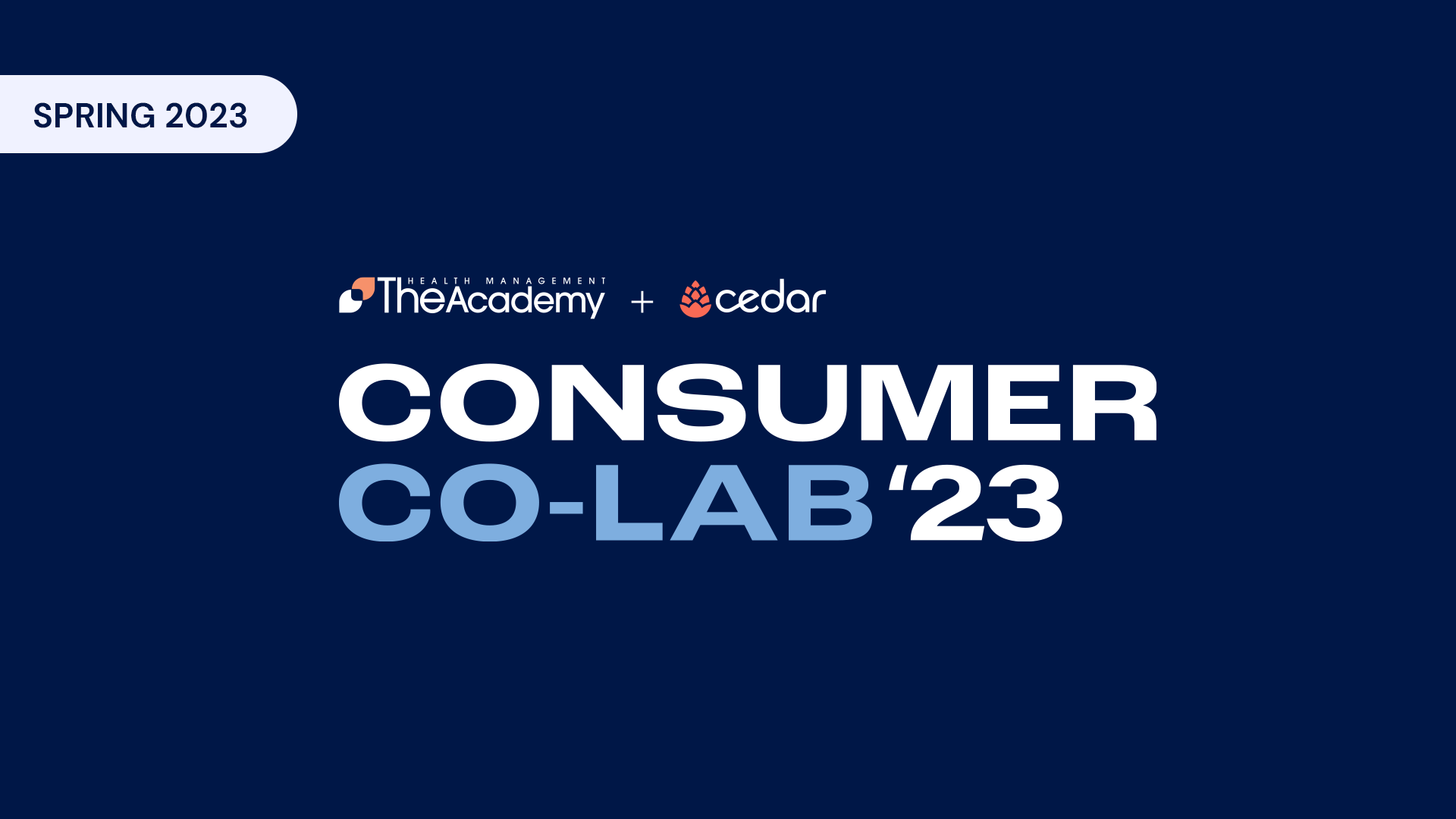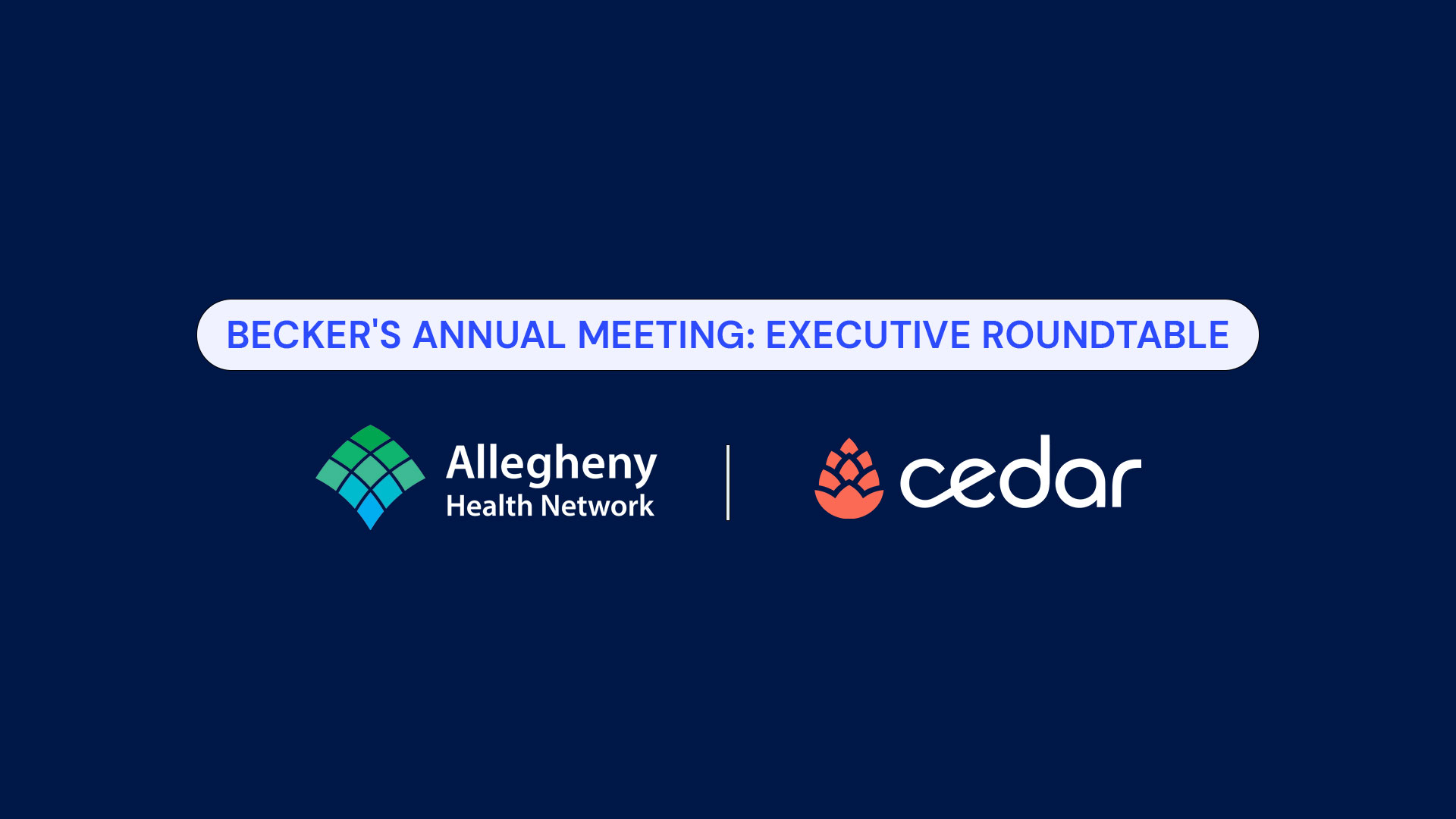In the age of smartphones, streaming content and personalized medicine, how are companies using cutting-edge technology to enable patients to take control of their own care? This question was at the heart of the 2019 Citi Digital Health Conference panel “Technology to Empower Consumers in their Healthcare Journeys” on April 16th. Cedar co-founder and CEO Florian Otto, MD, joined the panel to share how Cedar personalizes the patient financial experience and empowers patients to more easily pay their medical bills.
The panel, moderated by Steven Krein, co-founder and CEO of StartUp Health, also featured Zachariah Reitano, co-founder and CEO of Ro and Elisabeth Michel, co-founder and CEO of Canopy.
For healthcare entrepreneurs, it’s personal.
Entrepreneurs in the healthcare technology space are often inspired by personal experiences that encourage them to move the industry in a more patient-centric direction, noted Krein, who founded StartUp Health in 2011 to invest in life-changing healthcare companies. “The theme we are seeing across entrepreneurs in the sector [is that] they have a passion for making a really significant impact.”
Otto told the story of his fiance’s terrible medical billing experience that inspired him to start Cedar. After his fiance fainted and sought treatment at the ER, the billing nightmare began. “She got a stack of paper with everything in strange codes and capital letters. She didn’t understand anything, she had no idea how to pay this thing.” Half a year later, she was still being pursued by debt collectors for a bill that had been sent to the wrong address. This all too common sub-par experience prompted Otto to found Cedar in order to advance a consumer-centric approach to medical billing. Now Cedar’s patient payment and engagement platform partners with hospitals, physicians groups and academic medical centers across the country to allow the patient to review and resolve medical bills quickly and conveniently. Likewise, Reitano and Michel described their personal experiences navigating confusing medical processes as inspiring them to found Ro and Canopy, respectively.
User-centric design is disrupting outdated models.
Innovative startups aim to improve healthcare experiences by putting the patient at the heart of their platforms, noted all participants. Michel framed Canopy’s vision: “How can we ensure that people’s voices are heard no matter where they are in their life journey?” Canopy provides easy-to-use web tools that facilitate patient planning for end-of-life care decisions. Similarly, Ro strives to make obtaining common pharmaceutical drugs as easy as ordering take-out online. Otto pointed out that, with the rise of personalization and user-friendly experiences across all other industries, it is misguided to expect healthcare to be any different. “The real problem can only be solved if we put the consumer at the center. So [at Cedar] we developed a platform that starts with the patient and then we ask ‘how can we engage the patient in a modern way?’”
The imperative for personalization and convenience in medicine isn’t going anywhere. (So get used to it!)
Where will healthcare be in 25 years? Klein closed the panel by asking each participant for his or her moonshot prediction. Otto predicted that easy-to-use billing and administrative technology will enable a renewed focus on patient outcomes. “I would love to see on a macro level that the patient can really focus on getting healthy again and not have to deal with so much administrative burden.” Similarly, Reitano anticipated that if Ro can make widespread access to personalized medicine as easy as ordering pizza online in the next 25 years, it will consider its mission a success.
Ultimately, the panelists agree that patient expectations for convenience or personalization can’t be ignored. The consumer—the same one that regularly uses Netflix, Amazon and Apple Pay – has changed. “The medical piece of healthcare might be unique compared to other industries, but the consumer is exactly the same as anywhere else,” said Otto.
To learn more about how Cedar is modernizing the patient financial experience, click here to schedule a demo.



